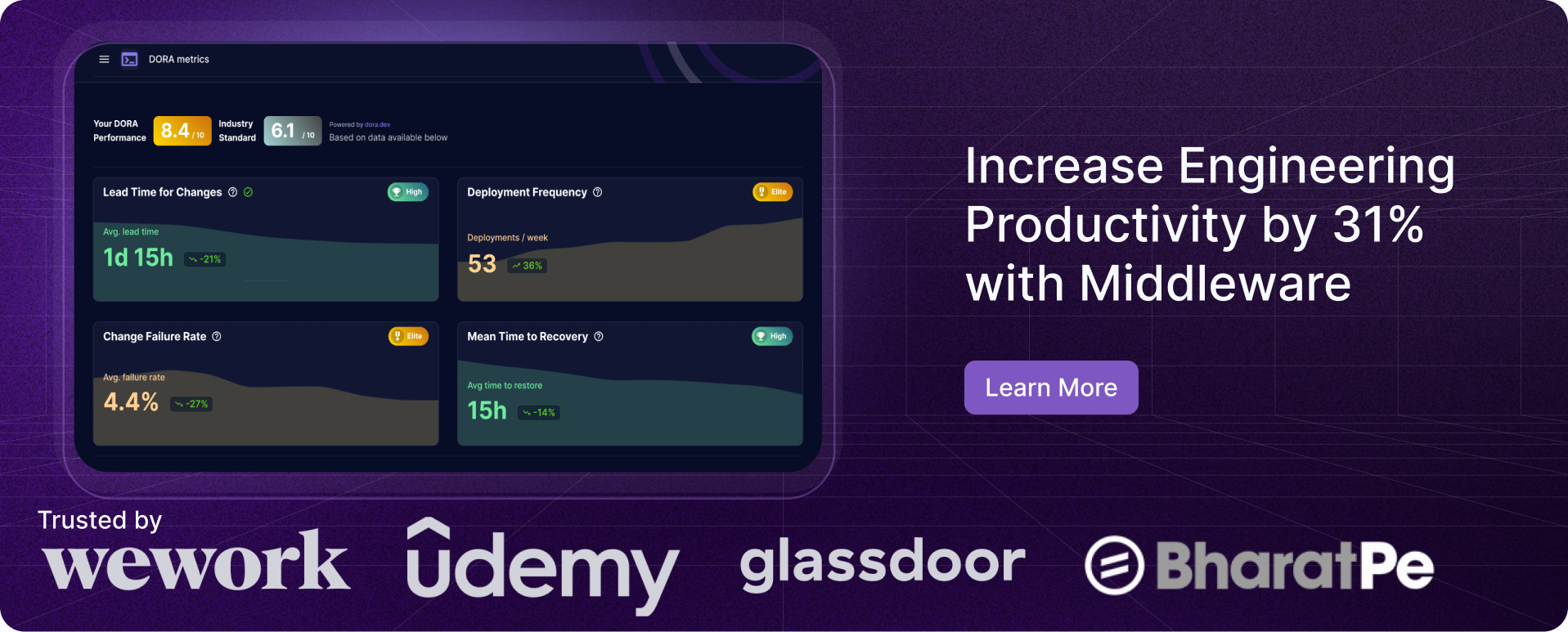Scaled Agile Alternative PI Planning Simulation Template: A Smarter Approach to Agile
 Rajni Rethesh
Rajni RetheshTable of contents
- Introduction
- What is PI Planning in Scaled Agile?
- Who Participates in PI Planning?
- Why PI Planning Matters
- Why Consider a Scaled Agile Alternative PI Planning Simulation Template?
- How to Implement a Scaled Agile Alternative PI Planning Simulation Template
- Best Tools for Alternative PI Planning Simulation
- 1. Middleware – AI-Powered Agile Execution and Insights
- 2. Miro / Mural – Virtual Whiteboards for Real-Time Collaboration
- 3. Jira / Trello – Agile Backlog and Dependency Tracking
- 4. Confluence – Documenting Planning Sessions and Agreements
- 5. Monday.com – Lightweight Agile Roadmap Management
- 6. Notion – Simple Yet Powerful Sprint Planning and Tracking
- Conclusion
- FAQs

Introduction
The Scaled Agile Framework (SAFe) has revolutionized the way enterprises execute agile at scale. However, traditional PI (Program Increment) Planning under SAFe can be complex, time-consuming, and rigid. If you’re looking for an alternative to SAFe PI Planning, a Scaled Agile Alternative PI Planning Simulation Template could be the perfect solution.
This blog explores an optimized approach for agile teams seeking a lightweight, efficient, and flexible alternative to the SAFe PI planning simulation, ensuring seamless collaboration, alignment, and execution across teams.
If you're looking for real-time insights, workflow automation, and efficient agile execution, check out Middleware—your go-to platform for seamless DevOps and Agile collaboration. Middleware helps teams track key metrics, identify bottlenecks, and streamline workflows effortlessly. Explore how Middleware can transform your Agile journey today!
What is PI Planning in Scaled Agile?
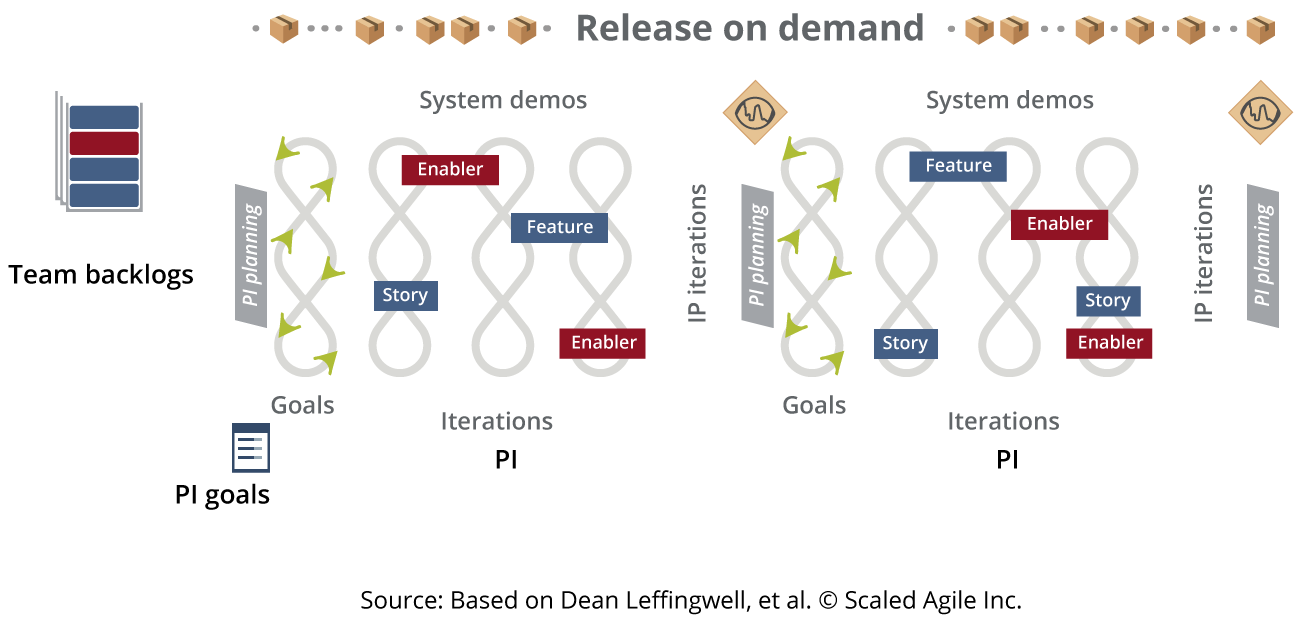
Program Increment (PI) Planning is a crucial event within the Scaled Agile Framework® (SAFe®), bringing together all stakeholders of an Agile Release Train (ART) to ensure alignment and collaboration. This face-to-face gathering fosters direct communication, shared vision, and collective commitment, making it both a strategic and social cornerstone of Agile execution.

Who Participates in PI Planning?

A successful PI Planning event requires the presence of:
Business Owners – Provide strategic direction and oversee budget allocation.
Product Management – Define priorities and ensure alignment with business goals.
Agile Teams – Plan, commit, and execute program objectives.
System & Solution Architects – Offer technical insights and ensure system integrity.
System Team & Other Stakeholders – Support infrastructure, dependencies, and cross-team collaboration.
Also read: 10 Principles of Safe (Scaled Agile Principles)
Why PI Planning Matters
Often referred to as the heartbeat of the ART, PI Planning ensures that all teams are aligned with a unified mission and vision. It drives transparency, synchronizes efforts, and establishes a clear roadmap for delivering value over the next increment.
By fostering active participation from business owners and key stakeholders, PI Planning serves as a guiding framework for budgeting, decision-making, and ensuring Agile teams are set up for success.
Why Consider a Scaled Agile Alternative PI Planning Simulation Template?
A Scaled Agile Alternative PI Planning Simulation Template provides a structured yet adaptable way to plan PI sessions while overcoming the constraints of traditional SAFe methods. This approach helps organizations embrace agility without unnecessary overhead.
Key Benefits of an Alternative PI Planning Simulation Template:
Flexibility: Customize the structure to fit your organization’s unique workflow.
Efficiency: Reduce planning time while maintaining alignment and collaboration.
Remote-Friendly: Works seamlessly in distributed or hybrid teams.
Cost-Effective: No need for expensive SAFe tools or certified consultants.
Simplified Dependencies: Enhanced visualization of cross-team dependencies without complexity.
Also read: SAFe Team Sync Activities
How to Implement a Scaled Agile Alternative PI Planning Simulation Template
Step 1: Define Objectives and Outcomes
Instead of rigid SAFe PI Planning, start with clear objectives for the planning session. Identify key deliverables, priorities, and dependencies.
Pro Tip: Use a collaborative online whiteboard (like Miro, Mural, or Jira Align) to structure the planning process.
Step 2: Use a Lean Iteration Approach
Rather than planning a full 10-12 week PI upfront, consider a Lean Iteration Model, where planning happens in short cycles, allowing for agility and course corrections.
Step 3: Simulate the Planning Session
Use a Scaled Agile Framework Simulation Alternative to Slicing large PI planning events into smaller, interactive simulations. This helps teams visualize priorities, allocate resources, and mitigate risks early.
Step 4: Optimize Cross-Team Collaboration
Replace traditional SAFe PI Planning dependency boards with a simplified backlog prioritization matrix that makes it easier to track dependencies across teams without excessive bureaucracy.
Step 5: Align on Execution and Roadmap
Use a lightweight roadmap visualization tool to track progress without excessive reporting overhead. Implement regular check-ins instead of rigid SAFe ART Syncs.
Also read: Scaling Agile: Managing Sprints Across Distributed and Large Teams
Best Tools for Alternative PI Planning Simulation
For effective Scaled Agile Alternative PI Planning, leveraging AI-driven tools can significantly enhance collaboration, visibility, and execution. Here are some of the best tools to facilitate Alternative PI Planning Simulation in a remote or hybrid setup:
1. Middleware – AI-Powered Agile Execution and Insights

Uses AI-driven analytics to predict bottlenecks and optimize team efficiency.
Offers real-time performance tracking, automated reporting, and sprint forecasting.
Customizable workflows to align with SAFe PI Planning objectives.
Seamless integrations with Jira, Confluence, and other agile tools.
2. Miro / Mural – Virtual Whiteboards for Real-Time Collaboration
![Miro vs. Mural: What's the better tool? [2022] | Facilitator School](https://cdn.prod.website-files.com/6284b6718db6e6a221b3f55a/6284b725727d019368c8bdb5_62482655d89252e33370cdfb_624816ad239bf878ca48d7e0_meetings_and_workshops.jpeg)
Interactive, visual platforms for brainstorming, story mapping, and dependency tracking.
Features like sticky notes, templates, and freehand drawing enhance team discussions.
Ideal for facilitating remote PI Planning sessions with multiple stakeholders.
3. Jira / Trello – Agile Backlog and Dependency Tracking
Jira: Advanced backlog management, sprint tracking, and workflow automation for complex SAFe implementations.
Trello: A simpler Kanban-style board for managing user stories and sprint progress.
Helps teams track dependencies and ensure alignment with PI objectives.
4. Confluence – Documenting Planning Sessions and Agreements
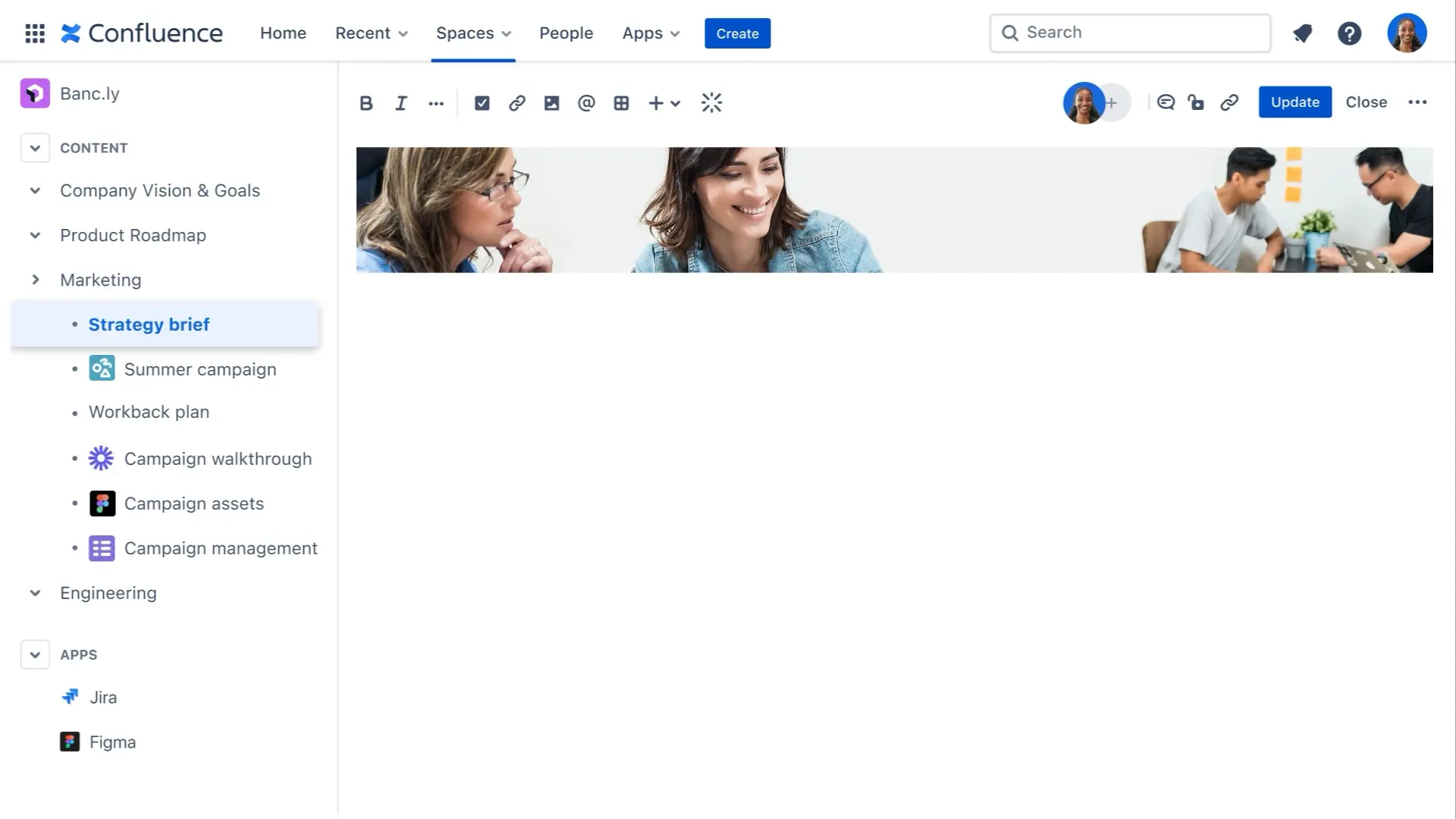
Acts as a central knowledge base for PI planning artifacts, objectives, and decisions.
Seamless integration with Jira, ensuring all epics and user stories are linked to documentation.
Supports real-time collaboration with embedded task lists, notes, and decision logs.
5. Monday.com – Lightweight Agile Roadmap Management
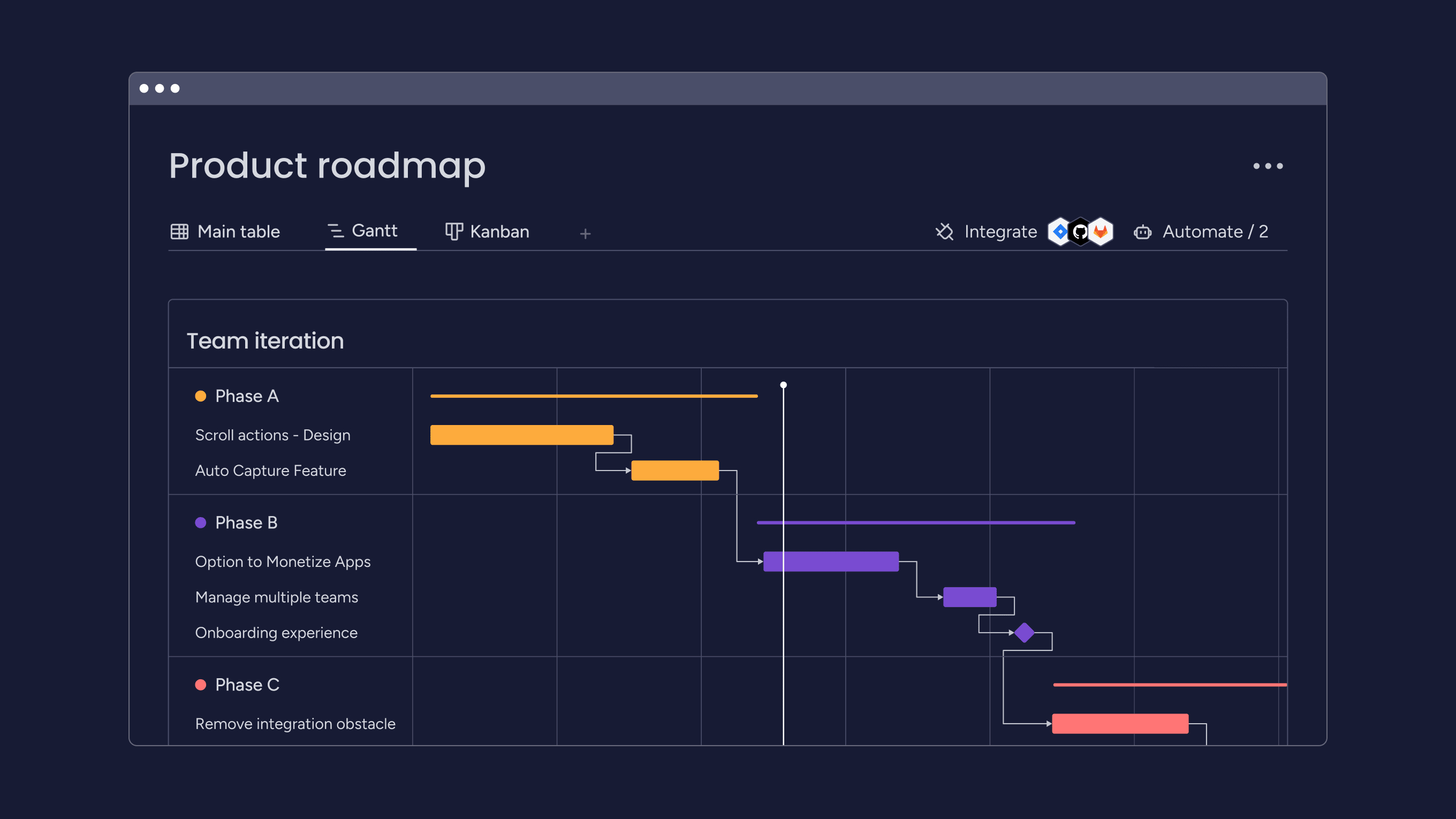
Offers a user-friendly interface for tracking PI milestones, dependencies, and team capacity.
Provides automated alerts and status tracking for smooth execution.
Great for teams looking for a flexible and visual approach to Agile planning.
6. Notion – Simple Yet Powerful Sprint Planning and Tracking
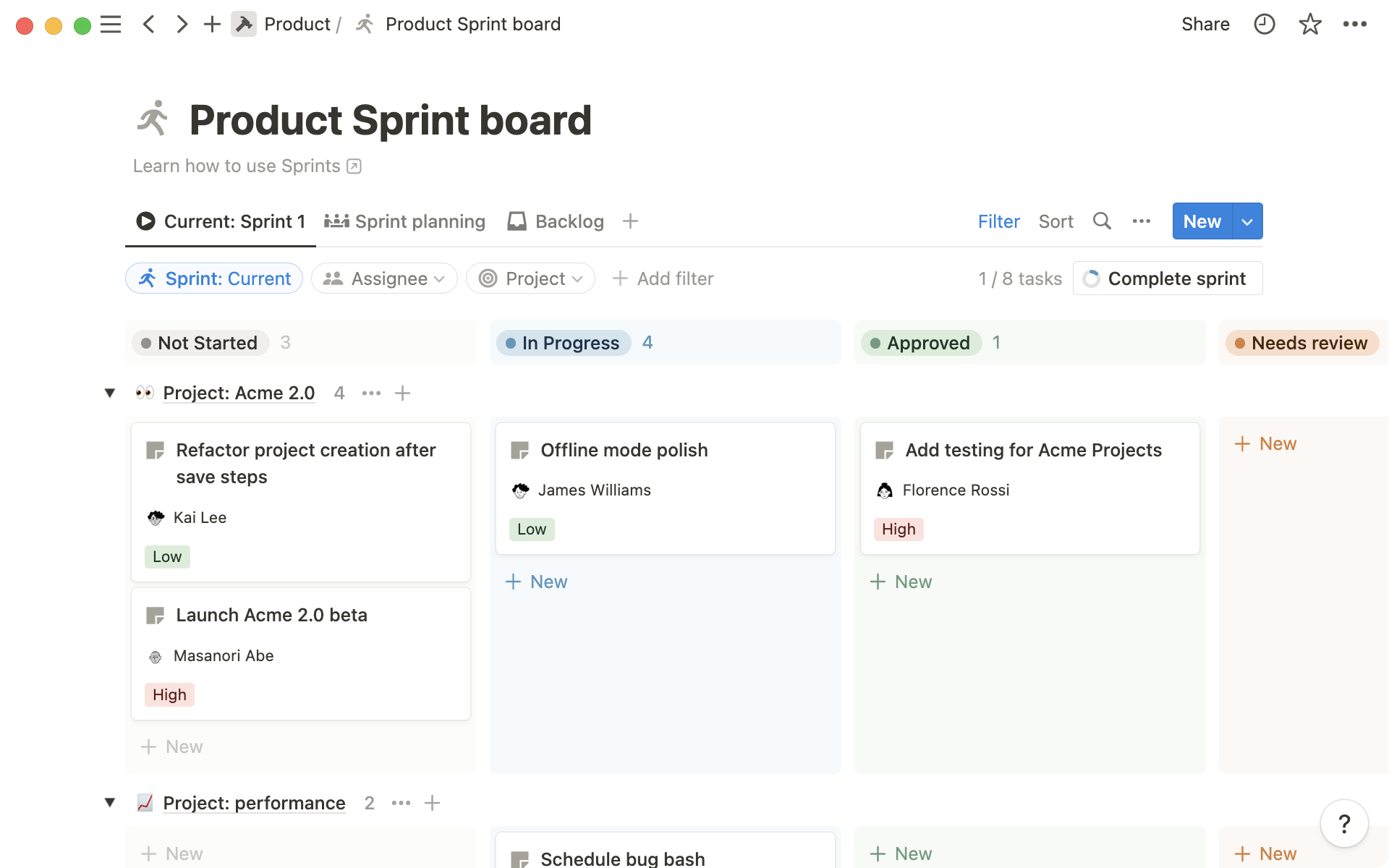
Combines task management with dynamic documentation for sprint planning.
Teams can create custom sprint boards, track progress, and assign tasks.
Ideal for smaller teams or those needing a lightweight alternative to Jira.
Also read: 10 Agile Development Project Management Tools
Conclusion
While SAFe PI Planning offers a structured approach to agile execution, it’s not always the best fit for every organization. If you’re looking for a Scaled Agile Alternative PI Planning Simulation Template, a more flexible, lightweight, and remote-friendly approach can improve collaboration and efficiency without the rigidity of traditional SAFe PI Planning.
By leveraging lean iterations, digital tools, and a simplified roadmap, your teams can achieve alignment and agility without the overhead of SAFe ceremonies.
Ready to simplify your PI Planning?
Try out our customizable Scaled Agile Alternative PI Planning Simulation Template and take your agile execution to the next level!
Additionally, if you're looking for real-time insights, workflow automation, and efficient agile execution, check out Middleware—your go-to platform for seamless DevOps and Agile collaboration. Middleware helps teams track key metrics, identify bottlenecks, and streamline workflows effortlessly. Explore how Middleware can transform your Agile journey today!
FAQs
1. What are the 4 types of SAFe Agile?
The four SAFe configurations are Essential SAFe, Large Solution SAFe, Portfolio SAFe, and Full SAFe. Each caters to different levels of enterprise agility, from team-level execution to enterprise-wide transformation.
2. What are the 4 levels of Scaled Agile Framework?
The four levels in SAFe are Team, Program, Large Solution, and Portfolio. They provide a structured approach to scaling agile across multiple teams, value streams, and organizational levels.
3. What is PI Planning in Scaled Agile?
Program Increment (PI) Planning is a cadence-based, face-to-face event where Agile Release Train (ART) teams align on a shared vision, define objectives, and plan work for the next 8-12 weeks.
4. What is the SaS framework for Agile?
There is no widely recognized "SaS framework" in Agile, but you might be referring to SAFe as a Service (SaaS-based Agile solutions) that provide cloud-based tools for Agile execution, such as Jira Align or Rally.
Subscribe to my newsletter
Read articles from Rajni Rethesh directly inside your inbox. Subscribe to the newsletter, and don't miss out.
Written by

Rajni Rethesh
Rajni Rethesh
I'm a senior technical content writer with a knack for writing just about anything, but right now, I'm all about technical writing. I've been cranking out IT articles for the past decade, so I know my stuff. When I'm not geeking out over tech, you can catch me turning everyday folks into fictional characters or getting lost in a good book in my little fantasy bubble.
